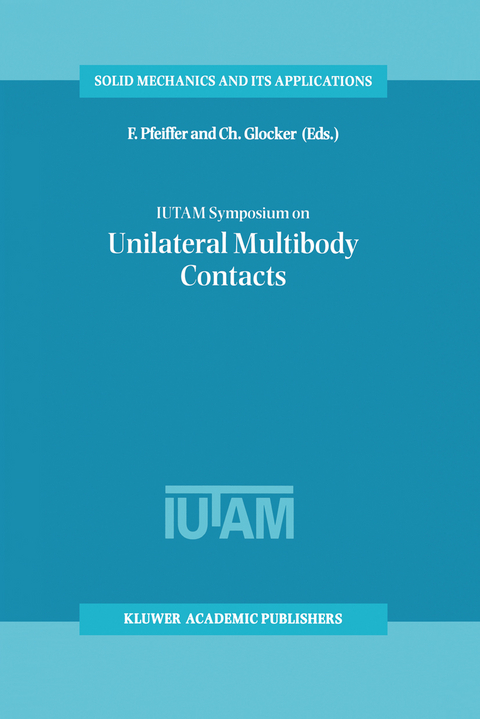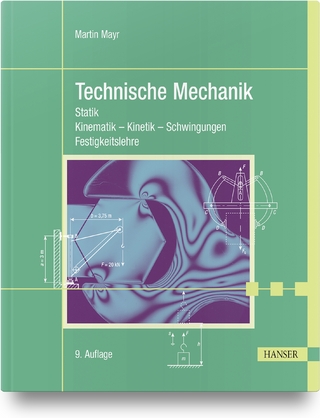
IUTAM Symposium on Unilateral Multibody Contacts
Springer (Verlag)
978-0-7923-6030-8 (ISBN)
I. Fundamentals.- Some Basics of Unilateral Dynamics.- Decomposition of Scalar Force Interactions.- On the Well-Posedness of Painleve’s Example.- Moreau’s Rule and the Penalty Method.- Formulations and Solution Methods of the Dynamical Spatial Contact Problem.- II. Impacts.- Dynamic Grasping Problem with Impact.- Experimental Investigation of Impacts with Friction.- Dynamics of the Generator of the Impact Force.- Control of Impacting System via Inverse Model.- Simultaneous Parametric and Internal Resonances in Systems Simulating Liquid Sloshing Impact.- On the Problem of Constrained Collision.- Response of Secondary Structures in Stochastic Systems with Impacts.- Influence of the Stop Stiffness on the Impact Oscillator Dynamics.- Mechanics of Impact for Compliant Multi-Body Systems.- A Multi-Degree of Freedom Approach to Coefficient of Restitution Models for Impact Oscillators.- III. Friction.- On (Non-)Existence and (Non-)Uniqueness of Solutions in Frictional Contact Problems.- An Efficient, Hybrid Frequency-Time Domain Method for the Dynamics of Large-Scale Dry-Friction damped Structural Systems.- Bifurcations and Instabilities in Some Finite Dimensional Frictional Contact Problems.- IV. Multibody Aspects.- Collision Detection and Contact Approaches for Hybrid Multibody System / Finite Element Simulation.- CAD-Based Contact Modelling for Multibody Systems.- An Algorithm for Rigid Body Contact with Coulomb Friction.- Dynamics of Piecewise Linear Oscillators with Viscous and Constant Damping.- Examples of Non-Smooth Mechanical Systems -An Overview-.- Conservative Discretization Algorithms for Dynamic Contact Between Nonlinear Elastic Bodies.- V. Local Contact Behavior.- A Temperature Field in Rolling Contact Problem.- Finite Element Treatment of Thermoelastic WearProblems.- VI. Applications.- Dynamics of Belt/Pulley Frictional Contact.- Unilateral Contacts in Machine Dynamics.- Chimney Dampers.- The Parts Transportation in a Vibratory Feeder.- Vibrations of Turbine Blade Assemblies with Stick and Slip Conditions.
| Reihe/Serie | Solid Mechanics and Its Applications ; 72 |
|---|---|
| Zusatzinfo | XVII, 334 p. |
| Verlagsort | Dordrecht |
| Sprache | englisch |
| Maße | 155 x 235 mm |
| Themenwelt | Naturwissenschaften ► Physik / Astronomie ► Mechanik |
| Technik ► Maschinenbau | |
| ISBN-10 | 0-7923-6030-3 / 0792360303 |
| ISBN-13 | 978-0-7923-6030-8 / 9780792360308 |
| Zustand | Neuware |
| Informationen gemäß Produktsicherheitsverordnung (GPSR) | |
| Haben Sie eine Frage zum Produkt? |
aus dem Bereich


